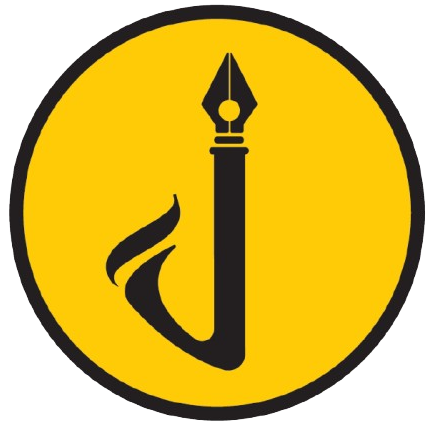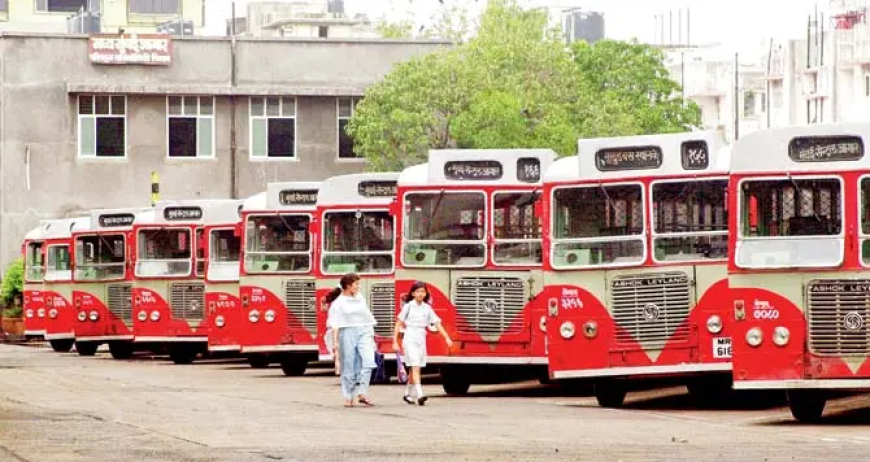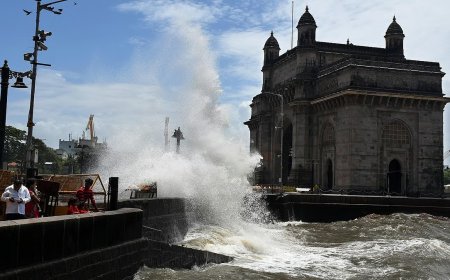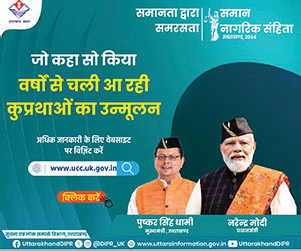Mumbai:In an attempt to pull BEST out of chronic financial distress, the Brihanmumbai Municipal Corporation (BMC) had implemented a strategic action plan in 2019. This included suggestions to reduce operational costs by leasing buses instead of purchasing them outright. Although BEST adopted this plan and inducted several buses on a rental basis, recent data reveals that the expected financial turnaround has not materialized.
According to statistics, the undertaking’s deficit has continued to widen despite an increase in ridership, raising serious concerns about the efficacy of the action plan. Critics now deem the strategy unsuccessful.
Fare Reduction Backfires
One major element of the action plan involved reducing passenger fares to boost ridership. In 2018, the minimum fare for regular buses was ₹8 and for air-conditioned (AC) buses ₹20. Under the leadership of then-Municipal Commissioner Praveen Pardeshi, fares were slashed in 2019 to ₹5 for regular and ₹6 for AC buses.
While this move initially led to an increase in passenger numbers, it also caused a significant dip in revenue. Despite more people using BEST services, the losses only mounted further.
Leased Buses, Rising Costs
Another core recommendation was the phased introduction of leased buses to reduce capital expenditure. However, the plan seems to have faltered. The cost of operating rented buses has steadily increased, and many such buses failed to become operational on schedule despite multiple deadlines. As a result, BEST's fleet remains insufficient to meet demand, adversely affecting commuter services and contributing to a decline in passenger numbers.
Toll Burden Adds to Financial Woes
BEST buses extend their services beyond city limits — reaching Bhayandar in the west and Vashi in the east — but must pay tolls at various checkpoints. The average toll per trip is about ₹150, amounting to an annual burden of nearly ₹8 crore. The BMC, which had assured support while introducing the action plan, failed to compensate for such recurring costs, exacerbating the financial shortfall.
Call for Accountability
As operational expenses continue to soar, BEST is reportedly considering a fare hike, contradicting the original aim of making public transport more affordable. Former committee member Sunee Ganacharya has called for accountability, questioning why the action plan, touted as a financial remedy, has instead led to deeper losses.
Annual Statistics Highlight the Losses:
| Financial Year | Daily Ridership (in lakhs) | Income | Expenses | Total Budget | Deficit |
|---|---|---|---|---|---|
| 2018–19 | 22.10 | ₹933 Cr | ₹1,034 Cr | ₹2,047 Cr | ₹1,012 Cr |
| 2019–20 | 25.08 | ₹677 Cr | ₹833 Cr | ₹2,258 Cr | ₹1,424 Cr |
| 2020–21 | 14.77 | ₹480 Cr | ₹508 Cr | ₹2,631 Cr | ₹2,123 Cr |
| 2021–22 | 21.19 | ₹777 Cr | ₹885 Cr | ₹2,728 Cr | ₹1,483 Cr |
| 2022–23 | 29.17 | ₹713 Cr | ₹863 Cr | ₹3,023 Cr | ₹2,160 Cr |
| 2023–24 | 29.35 | ₹689 Cr | ₹845 Cr | ₹3,183 Cr | ₹2,337 Cr |




 Previous
Article
Previous
Article












